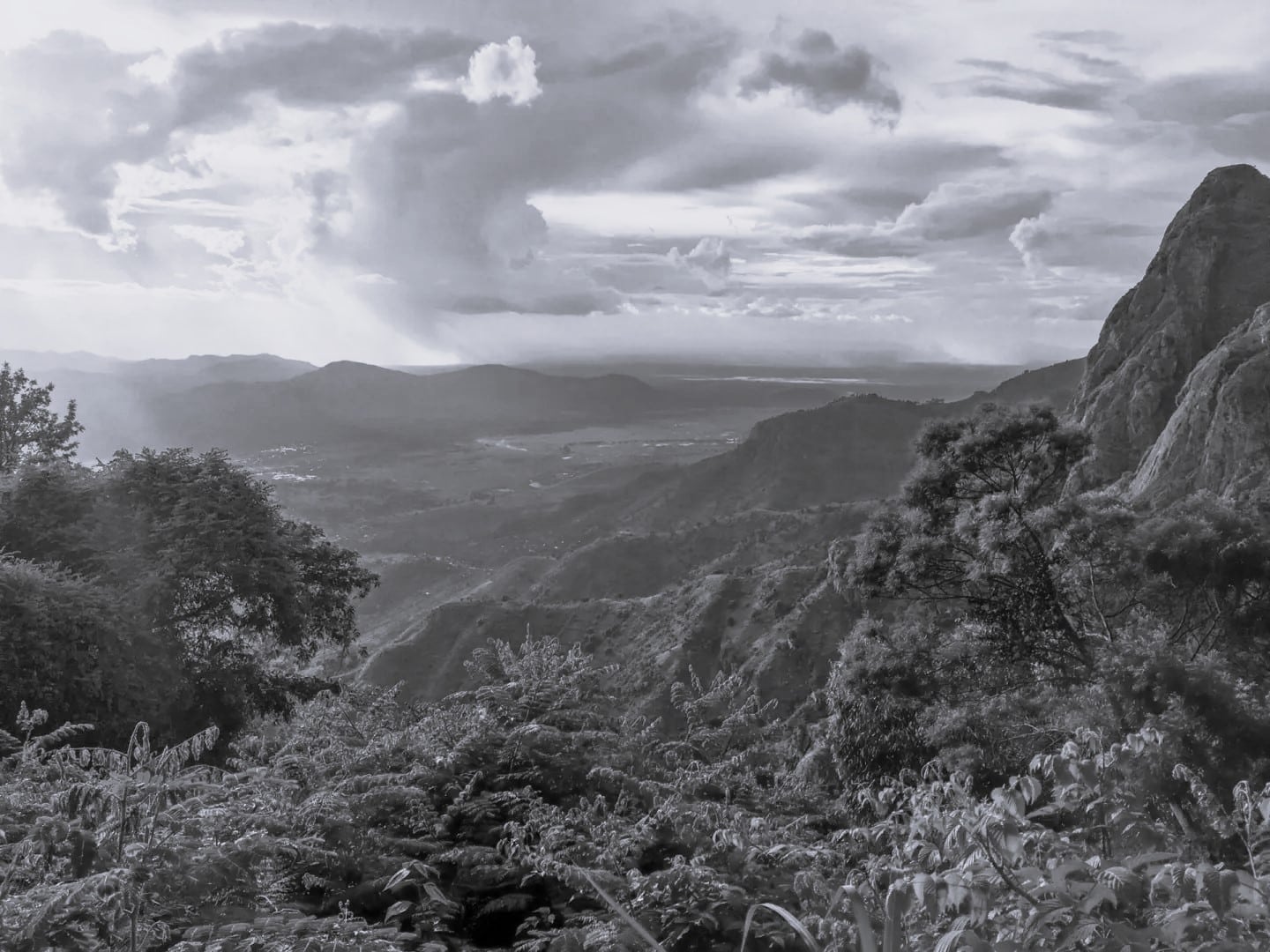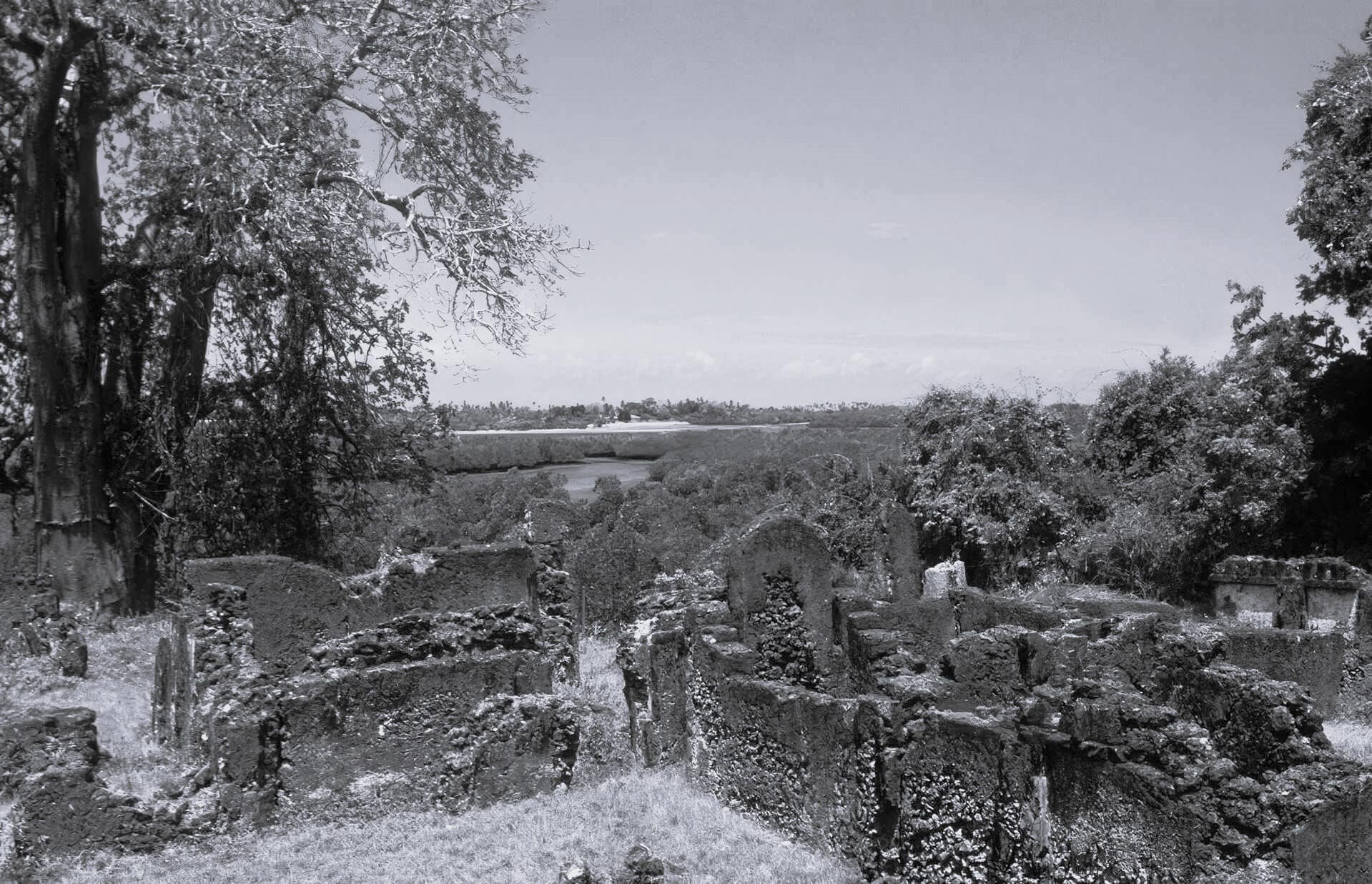Mapping Tanga Region, Tanzania: Discovering its Rich Cultural Heritage and Natural Wonders
Welcome to Tanga Region, Tanzania, a hidden gem in East Africa that is waiting to be explored. Tanga Region, located on the northeastern coast of Tanzania, is a place of immense beauty and cultural significance. With its diverse landscapes, rich cultural heritage, and breathtaking natural wonders, Tanga Region offers a unique and unforgettable experience for travelers.
Exploring the Cultural Heritage of Tanga Region
Tanga Region is home to a rich and vibrant cultural heritage that dates back centuries. The region is a melting pot of different ethnic groups, each with their own distinct traditions, languages, and customs. From the indigenous Segeju and Zigua people to the Arab and Indian communities that have settled here over the years, Tanga Region is a testament to the diversity of Tanzania.
One of the best ways to experience the cultural heritage of Tanga Region is by visiting its numerous historical sites and museums. The Amboni Caves, for example, are a must-see attraction that offers a glimpse into the region’s ancient past. These limestone caves, believed to be over 150 million years old, are adorned with stunning stalactites and stalagmites, and are considered sacred by the local communities.
Uncovering the Natural Wonders of Tanga Region

In addition to its rich cultural heritage, Tanga Region is also blessed with an abundance of natural wonders. From pristine beaches and coral reefs to lush rainforests and majestic mountains, the region offers a diverse range of landscapes that will leave you in awe.
One of the highlights of Tanga Region is the Usambara Mountains, a range of verdant hills that offer breathtaking views and unparalleled hiking opportunities. The mountains are home to a wide variety of flora and fauna, including rare orchids, colorful butterflies, and endemic bird species. Exploring the Usambara Mountains is a must for nature lovers and adventure enthusiasts alike.
The Significance of Mapping Tanga Region
Mapping Tanga Region in Tanzania is not only important for tourists and travelers, but also for researchers, conservationists, and local communities. By mapping the region, we can gain a better understanding of its geographical features, cultural sites, and ecological systems. This knowledge can then be used to develop sustainable tourism practices, protect the region’s natural resources, and preserve its cultural heritage for future generations.
Tools and Techniques for Mapping Tanga Region
Mapping Tanga Region requires the use of advanced tools and techniques to ensure accuracy and precision. Geographic Information Systems (GIS) technology, for example, allows us to collect, analyze, and visualize spatial data about the region. This data can then be used to create detailed maps that highlight the region’s cultural landmarks, natural attractions, and infrastructure.
In addition to GIS technology, aerial photography and satellite imagery are also important tools for mapping Tanga Region. These high-resolution images provide valuable insights into the region’s topography, land use patterns, and vegetation cover. Combined with ground surveys and field observations, these tools and techniques help us create comprehensive and detailed maps of Tanga Region.
Historical Landmarks in Tanga Region

Tanga Region is dotted with numerous historical landmarks that offer a glimpse into its past. One such landmark is the Tongoni Ruins, a 15th-century Swahili settlement that was once a thriving trading port. The ruins, which include a mosque, tombs, and houses, provide a fascinating window into the region’s medieval history.
Another historical site worth visiting is the German Boma, a colonial-era building that served as the administrative headquarters during German rule. The Boma, with its distinctive architecture and beautiful gardens, is a testament to Tanga Region’s colonial past and the influence of European powers in the region.
Wildlife and Conservation Efforts in Tanga Region
Tanga Region is home to a wide variety of wildlife, including elephants, giraffes, zebras, and a rich diversity of bird species. The region’s national parks and reserves, such as Saadani National Park and Amani Nature Reserve, provide a safe haven for these animals and play a crucial role in their conservation.
Conservation efforts in Tanga Region are focused on protecting the region’s unique ecosystems, promoting sustainable tourism practices, and engaging local communities in conservation activities. Organizations such as the Tanzania Forest Conservation Group and the Wildlife Conservation Society work tirelessly to safeguard the region’s natural resources and ensure the long-term survival of its wildlife.
Local Communities and their Traditions in Tanga Region
The local communities in Tanga Region are an integral part of its cultural fabric and play a vital role in preserving its traditions and heritage. From the fishing communities along the coast to the farmers in the rural areas, the people of Tanga Region have a deep connection to the land and the sea.
Visitors to Tanga Region have the opportunity to engage with these communities and learn about their way of life. Whether it’s participating in traditional fishing activities, learning about traditional medicine from local healers, or joining in traditional dance and music performances, immersing yourself in the local culture is a truly enriching experience.
Sustainable Tourism in Tanga Region
Sustainable tourism is a key focus in Tanga Region, with efforts being made to ensure that tourism activities are carried out in an environmentally and socially responsible manner. Local communities are actively involved in tourism initiatives, and efforts are being made to promote community-based tourism that benefits the local economy and empowers the local people.
By embracing sustainable tourism practices, Tanga Region aims to preserve its natural beauty, protect its cultural heritage, and provide visitors with an authentic and meaningful travel experience. From eco-lodges and nature walks to cultural exchanges and wildlife conservation projects, there are plenty of sustainable tourism options to choose from in Tanga Region.
Embracing the Beauty and Diversity of Tanga Region
In conclusion, Tanga Region, Tanzania, is a destination that offers a unique blend of cultural heritage and natural wonders. From exploring its historical landmarks and engaging with local communities to discovering its breathtaking landscapes and diverse wildlife, Tanga Region has something to offer every traveler.
By mapping Tanga Region, we gain a deeper understanding of its rich cultural heritage, protect its natural resources, and promote sustainable tourism practices. So, pack your bags and embark on a journey to Tanga Region, where you can embrace the beauty and diversity of this hidden gem in East Africa.
For more articles related to regions of Tanzania click here!































